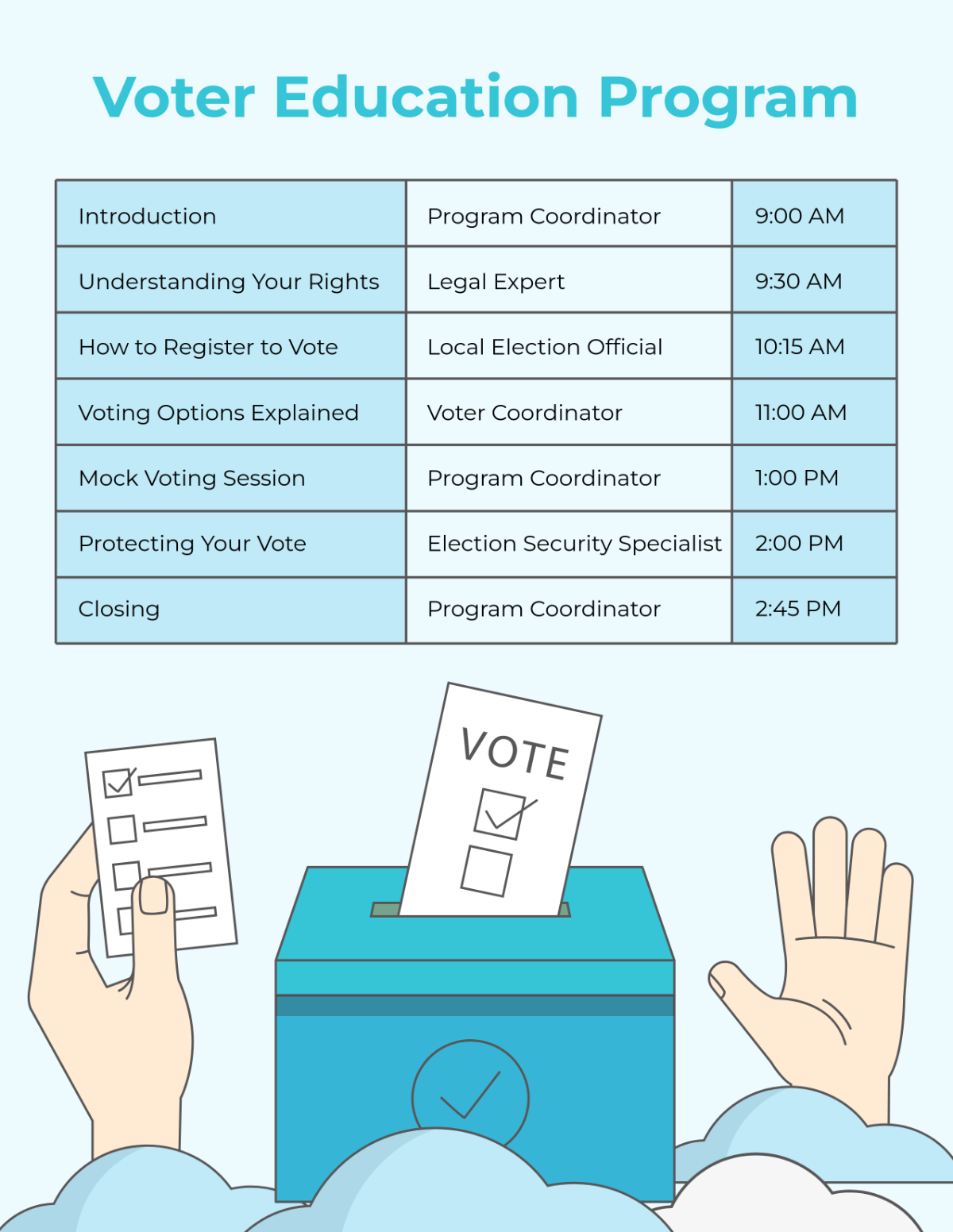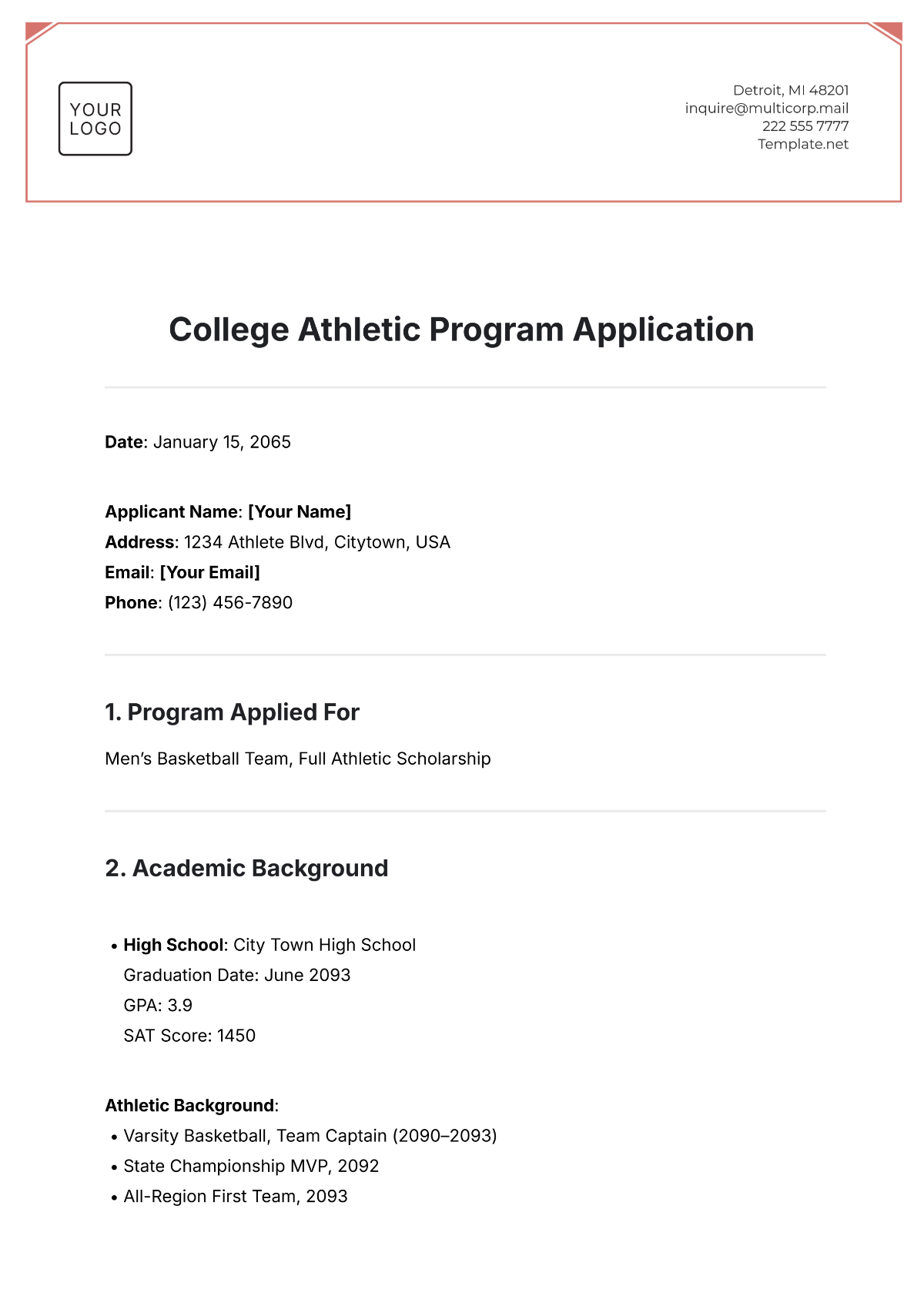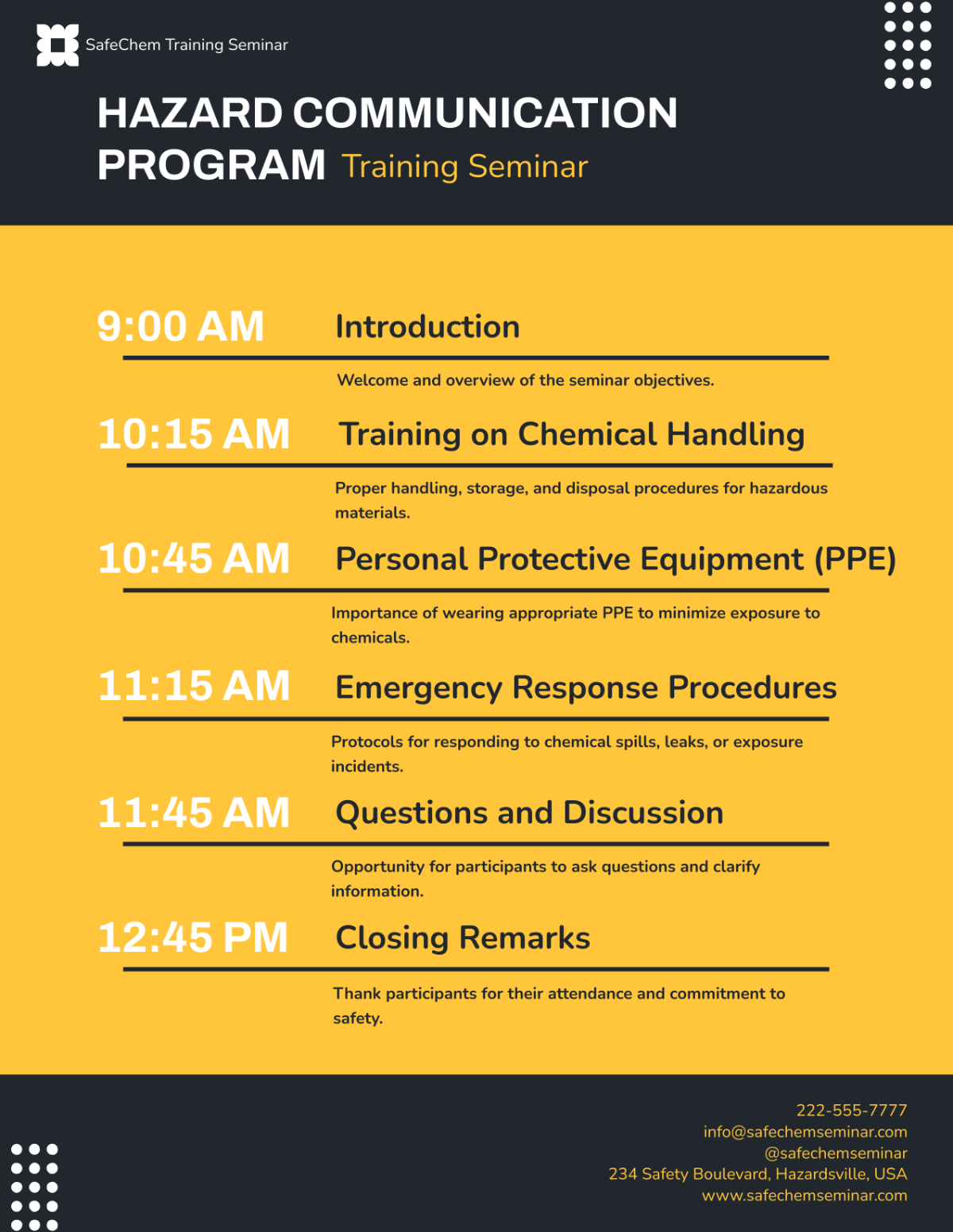Financial Investment Program Plan
Executive Summary:
This Financial Investment Program Plan is designed for [Company Name], to outline a strategic approach to investments, ensuring optimal growth and risk management. Our objective is to diversify [Company Name]'s portfolio, targeting a balanced mix of high-growth and stable-income investments.
Investment Goals and Objectives:
Goal: Enhance [Company Name]'s asset value through diversified investments. This overarching goal focuses on increasing the company's financial strength and market position by spreading investments across various asset classes. Diversification is aimed at maximizing returns while minimizing the impact of market volatility.
Objective 1: Achieve an annual return of 8% over the next 5 years. This objective sets a clear target for the investment growth rate, aligning with the company's long-term financial projections and strategic plans. The specified 8% annual return serves as a benchmark for evaluating the performance of the investment portfolio.
Objective 2: Limit investment risk to 15% of the total portfolio value. This objective is crucial for maintaining financial stability. By setting a maximum threshold for investment risk at 15%, the company safeguards its capital against significant losses, ensuring sustainability and confidence among stakeholders.
Asset Allocation:
The asset allocation strategy for [Company Name] is structured to balance risk and return by diversifying investments across various asset classes. This approach is integral to achieving our investment goals and managing risk effectively.
Equities (40%): This segment, while offering high potential returns, carries a higher risk. It includes investments in stocks and equity funds.
Bonds (30%): Bonds provide a stable income with lower risk. This category includes government and corporate bonds.
Real Estate (20%): Real estate investments offer moderate risk and can provide both capital appreciation and rental income.
Others (10%): This includes alternative investments like commodities, hedge funds, or private equity, where risk and return characteristics vary.
Portfolio Management:
The portfolio of [Company Name] will be meticulously managed by [Portfolio Manager's Name], a seasoned professional in investment strategies and portfolio optimization. To maintain consistent performance and alignment with our financial goals, regular portfolio reviews will be conducted quarterly. These reviews are critical in adapting to market changes, reassessing risk profiles, and making necessary adjustments to the investment mix. For any inquiries or further details, [Portfolio Manager's Name] can be reached at [Contact Information], ensuring open and transparent communication regarding portfolio management and performance.
Risk Management:
Risk management is a pivotal aspect of [Company Name]'s investment approach, focused on preserving capital and optimizing returns. To achieve this, a comprehensive risk assessment is conducted semi-annually. This assessment evaluates various factors, including market volatility, interest rate fluctuations, and geopolitical developments, which can significantly impact investment performance. These evaluations are crucial for understanding and anticipating potential market changes that could affect the portfolio.
In terms of mitigation strategies, [Company Name] employs a range of tactics. Hedging is used to counteract potential losses in one investment by making compensating investments. Diversification across different asset classes is a fundamental strategy to spread and minimize risk. Additionally, setting stop-loss limits on investments plays a crucial role in preventing large-scale losses. These strategies collectively ensure a robust defense against adverse market movements, aligning with our commitment to prudent risk management.
Performance Monitoring:
Performance monitoring is integral to [Company Name]'s investment management process. It involves regular tracking and analysis of the portfolio's performance against established benchmarks and objectives. This ongoing evaluation helps in making informed decisions, ensuring that the portfolio remains on target to meet its financial goals. Performance metrics such as Return on Investment (ROI), Asset Growth Rate, and Portfolio Diversification Index are closely monitored. Any deviations from expected performance are addressed promptly, ensuring that the portfolio is always aligned with [Company Name]'s strategic investment plan.
Key Performance Indicators (KPIs) and Compliance:
To ensure the effectiveness of [Company Name]'s investment strategies, key performance indicators (KPIs) are meticulously tracked. These indicators provide insights into the portfolio's performance and inform decision-making. Additionally, adherence to legal and regulatory standards is a cornerstone of our investment process.
KPIs | Description | Frequency of Review |
|---|---|---|
Return on Investment (ROI) | Measures the gain or loss generated on an investment relative to the amount of money invested. | Quarterly |
Asset Growth Rate | Tracks the rate at which the portfolio's assets are growing over time. | Bi-Annually |
Portfolio Diversification Index | Evaluates the degree to which investments are spread across various asset classes. | Annually |
Reporting: Bi-annual performance reports are prepared and presented to [Company Name]'s Board. These reports offer a comprehensive view of the portfolio's performance, highlighting successes and areas for improvement.
Compliance and Legal Considerations:
[Company Name]'s investment activities strictly adhere to SEC regulations and internal investment policies, ensuring a high standard of compliance and ethical investment practices. Regular reviews are conducted to ensure all investments align with these standards.
Legal Advisor: [Advisor's Name] is responsible for overseeing the legal aspects of our investment activities. [Advisor's Name] can be contacted at [Contact Information] for any legal inquiries or concerns. This adherence to legal and compliance standards not only protects [Company Name] from potential legal pitfalls but also reinforces our commitment to responsible investing.
Funding and Capital Requirements:
The financial foundation of [Company Name]'s investment program is structured around both an initial investment and ongoing capital infusions. The initial investment, crucial for launching the investment activities, is set at $2 million. This amount will cover the initial purchase of assets across various classes, including equities, bonds, and real estate. This investment is critical in establishing a diversified and robust portfolio that can withstand market fluctuations and capitalize on growth opportunities.
In addition to the initial capital, [Company Name] will allocate $500,000 annually for the next 5 years to sustain and expand the investment portfolio. This ongoing capital infusion is designed to leverage emerging market opportunities and reinforce existing investments. The funds for both the initial and ongoing investments will be sourced primarily from [Company Name]'s reserves. Additionally, to supplement these investments and ensure liquidity, [Company Name] may utilize potential credit facilities. This financial strategy ensures a balanced approach to funding, allowing [Company Name] to pursue its investment objectives while maintaining financial stability.
Timeline and Milestones:
The timeline and key milestones for [Company Name]'s investment program are outlined below to ensure structured progress and accountability.
Milestone | Description | Target Date |
|---|---|---|
Start Date | Official commencement of the investment program. | [Start Date] |
Milestone 1 | Completion of the initial investment phase, involving the allocation of funds across the designated asset classes. | [Date] |
Milestone 2 | Conducting the first performance review, evaluating the initial impact of the investments and making necessary adjustments. | [Date] |
These milestones are critical checkpoints in the investment program, designed to assess progress, evaluate effectiveness, and ensure alignment with the overall financial goals of [Company Name].
Exit Strategies:
[Company Name]'s investment program incorporates flexible exit strategies to adapt to changing market conditions and align with the company's evolving strategic direction. One primary option is portfolio liquidation, which involves the systematic selling off of assets. This strategy may be employed in response to significant market downturns, shifts in the company's strategic focus, or when it becomes necessary to free up capital for other ventures. Liquidation is executed in a manner that aims to minimize losses and, where possible, capitalize on market conditions to maximize returns.
Alternatively, selling individual assets rather than the entire portfolio is another viable exit strategy. This approach allows for more targeted responses to specific market changes or underperforming assets. It provides flexibility in managing the portfolio by disposing of only those assets that no longer align with the company's investment objectives or risk tolerance. In certain scenarios, restructuring the investment program might be the most strategic option. This could involve reallocating resources to different asset classes, changing investment strategies, or modifying risk management practices. Such restructuring is particularly relevant in dynamic markets or when [Company Name] undergoes significant organizational changes, ensuring that the investment program remains aligned with the company's current needs and future ambitions.
Contact Information:
Financial Advisor: [Name, Phone, Email]
Legal Advisor: [Name, Phone, Email]

















































